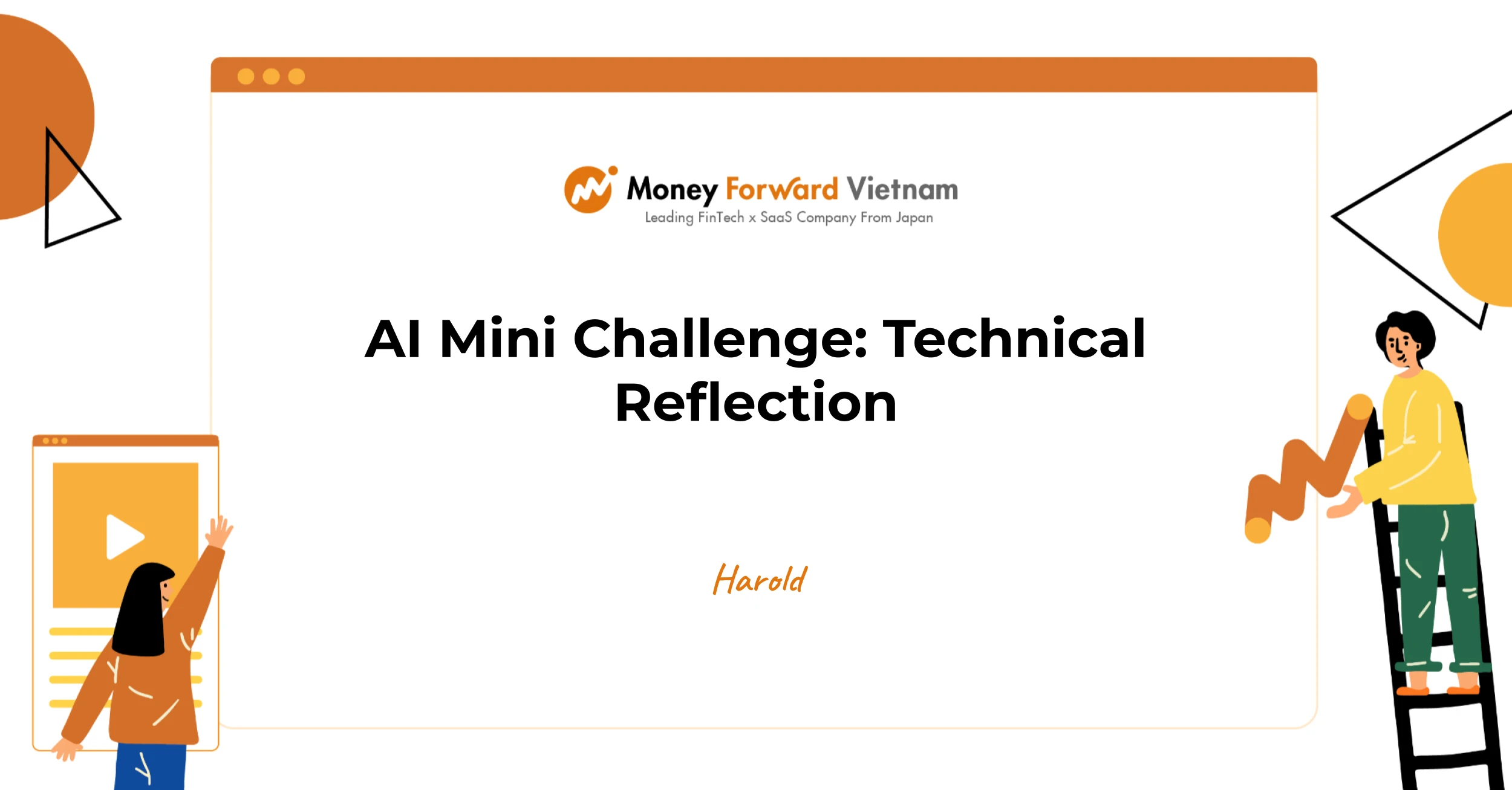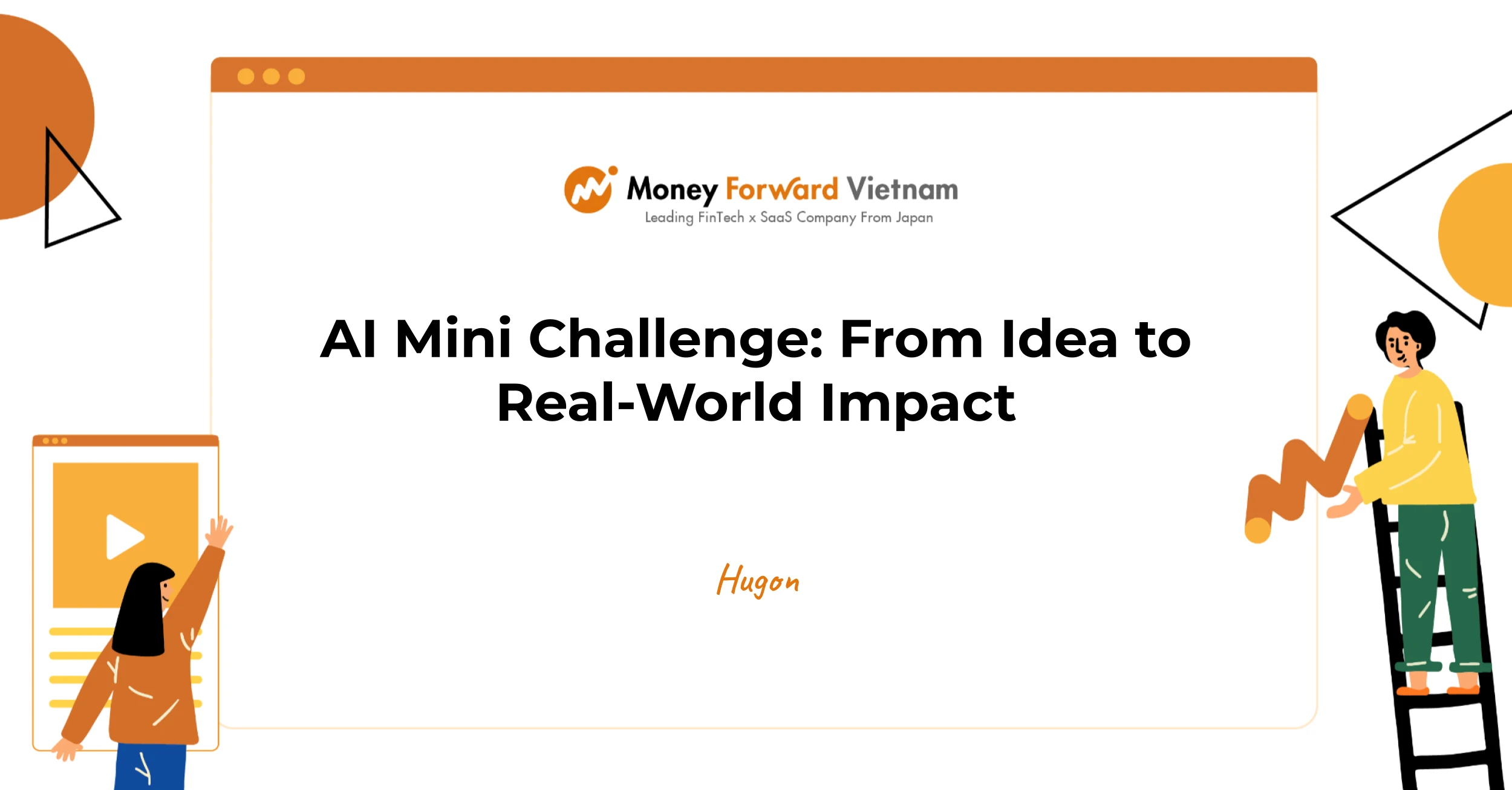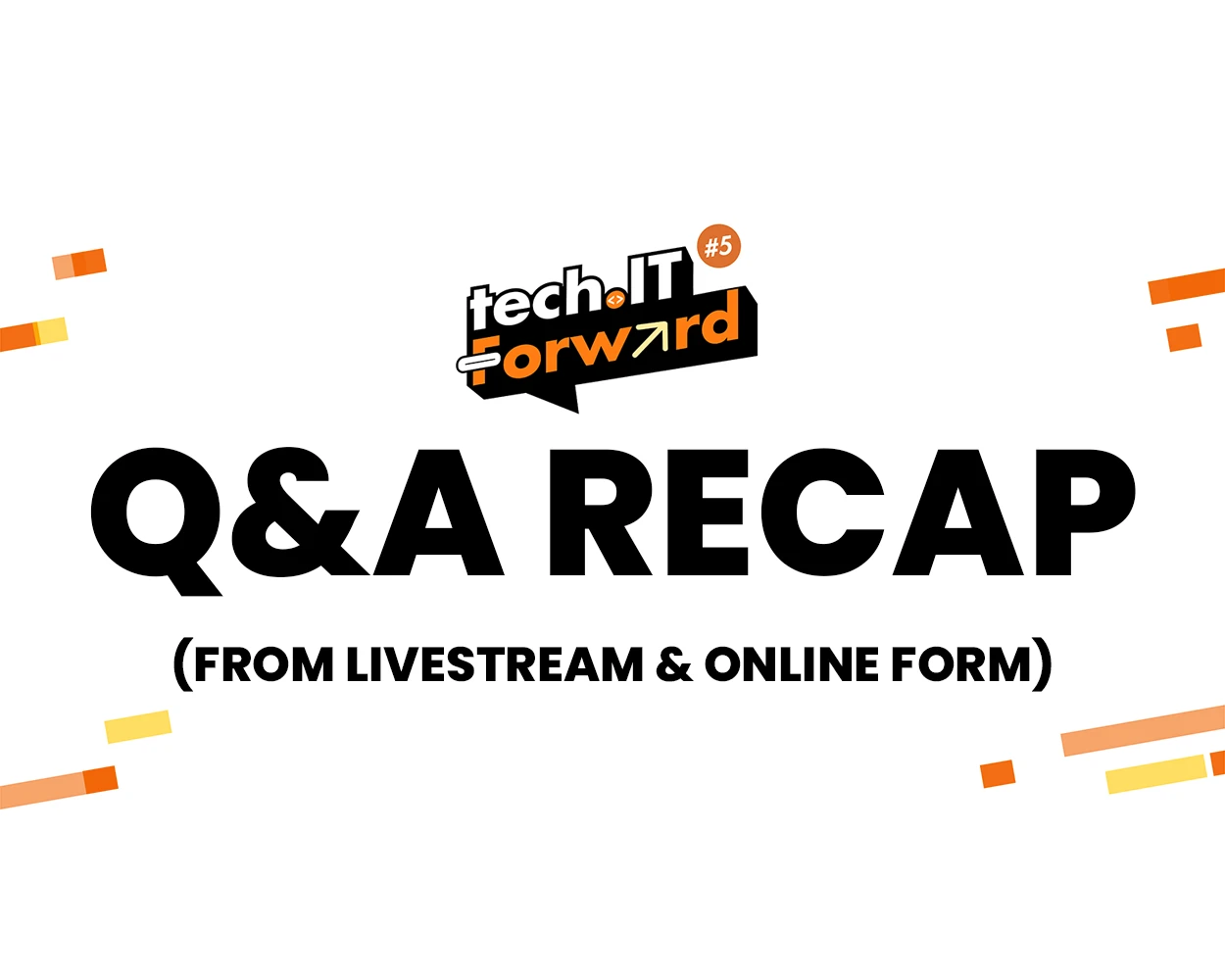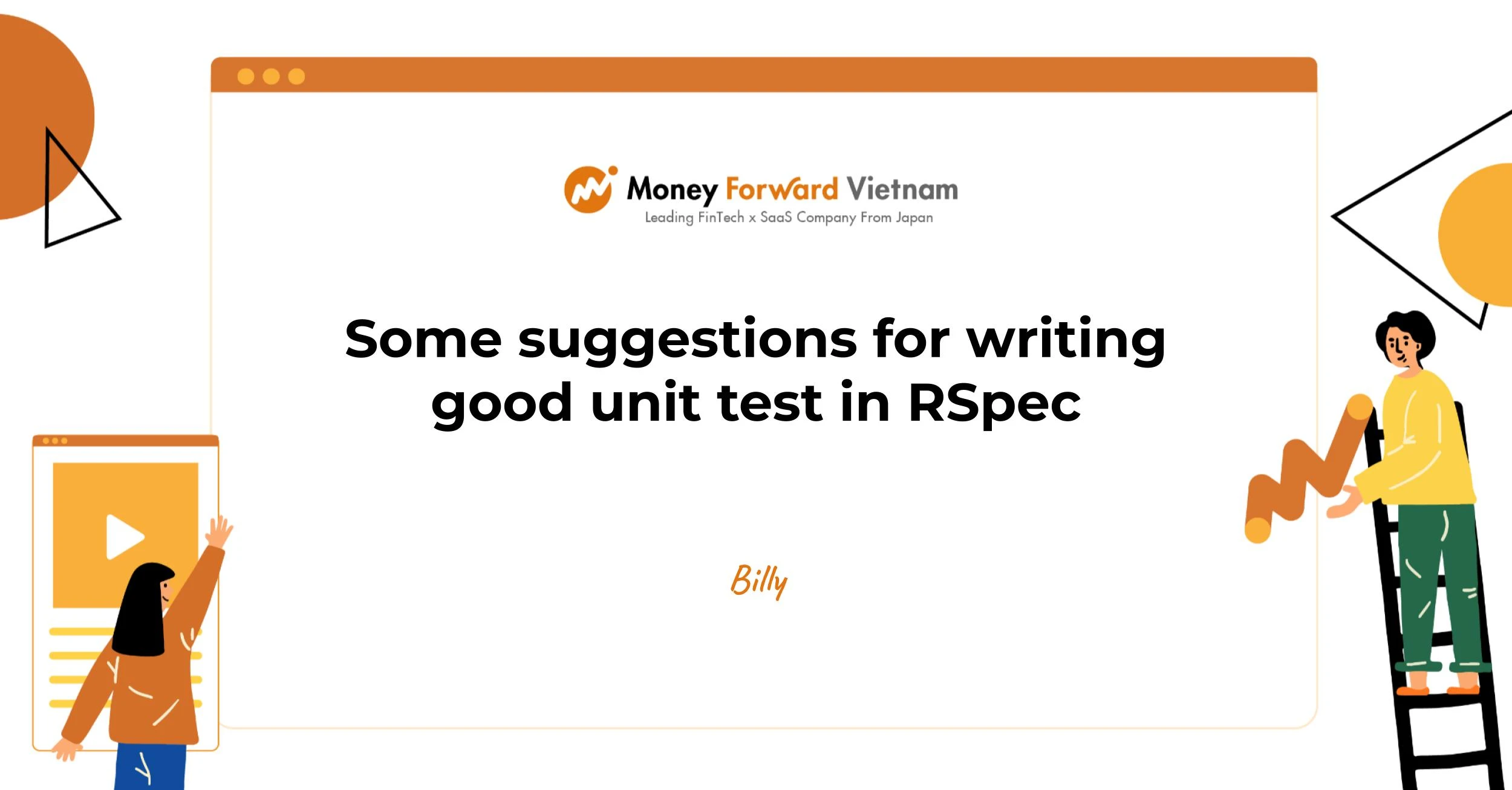

AI Mini Challenge: From Idea to Real-World Impact

Hi everyone! I'm Hugon, a Golang Engineer working on the Lease Accounting project. I'm excited to share the story of how my team and I tackled a company-wide AI mini-challenge and won the Evolution prize! Our journey wasn't about building a complex AI from scratch, but rather about solving a real-world problem for our team.
Why We Joined the Challenge
My main motivation for participating was simple: I wanted to find a way to use AI to boost productivity for both developers and Product Owners on my team. The mini-challenge gave me the perfect opportunity to explore this idea.
Initially, we thought we'd build a RAG (Retrieval-Augmented Generation) system and an AI agent completely from the ground up, following the challenge's requirements. We quickly ran into some major hurdles:
- Building RAG from scratch proved to be a huge effort. It was difficult to make it good enough for our specific needs, and the cost of maintaining and operating it was simply too high, both in terms of people and infrastructure.
- Building an agent from scratch using tools like n8n or LangChain was possible, but it required a lot of extra work to make it useful for real-time applications. It wasn't convenient for everyone on the team.
We realized that our goal wasn't to win by following the rules, but to create a solution that actually worked for us. So, we changed our approach: instead of building everything from scratch, we decided to integrate existing platforms and tools to solve our problem.
Our Challenge: Faster Requirements Preparation
Our team faced a unique challenge. The Lease Accounting project started just a few months ago, and with a tight schedule and a fast-growing team, we were all new to the accounting standards. This meant we had to spend a lot of time learning and researching.
With the pressure of a one-week sprint cycle, getting the product requirements ready quickly was a big problem. We needed a way to accelerate this critical work.
To solve this, we used Cursor and GroundX RAG. Our plan was to write a small program, an MCP server, to connect these two tools. This would allow Cursor to communicate with GroundX RAG, giving it access to a much larger knowledge base.
The Technical Roadblocks We Hit
Our biggest technical challenge was data integration. Without a RAG system, Cursor alone couldn't handle large documents, like a hundred-page PDF of accounting principles. We couldn't just paste this massive amount of information into it. So, we used GroundX RAG as a knowledge base to feed this information to Cursor, making sure it always had the full context it needed.
Another big hurdle was deployment. We couldn't deploy our MCP server to the cloud because we didn't have the resources. This meant we had to run our integration server locally.
On top of the technical challenges, we also faced a different kind of difficulty: time and morale. As a new team with a heavy workload, there were moments when we felt like giving up. But we kept going, and in the end, our persistence paid off.
Why We Joined the Challenge
My main motivation for participating was simple: I wanted to find a way to use AI to boost productivity for both developers and Product Owners on my team. The mini-challenge gave me the perfect opportunity to explore this idea.
Initially, we thought we'd build a RAG (Retrieval-Augmented Generation) system and an AI agent completely from the ground up, following the challenge's requirements. We quickly ran into some major hurdles:
- Building RAG from scratch proved to be a huge effort. It was difficult to make it good enough for our specific needs, and the cost of maintaining and operating it was simply too high, both in terms of people and infrastructure.
- Building an agent from scratch using tools like n8n or LangChain was possible, but it required a lot of extra work to make it useful for real-time applications. It wasn't convenient for everyone on the team.
We realized that our goal wasn't to win by following the rules, but to create a solution that actually worked for us. So, we changed our approach: instead of building everything from scratch, we decided to integrate existing platforms and tools to solve our problem.
Our Challenge: Faster Requirements Preparation
Our team faced a unique challenge. The Lease Accounting project started just a few months ago, and with a tight schedule and a fast-growing team, we were all new to the accounting standards. This meant we had to spend a lot of time learning and researching.
With the pressure of a one-week sprint cycle, getting the product requirements ready quickly was a big problem. We needed a way to accelerate this critical work.
To solve this, we used Cursor and GroundX RAG. Our plan was to write a small program, a MCP server, to connect these two tools. This would allow Cursor to communicate with GroundX RAG, giving it access to a much larger knowledge base.
The Technical Roadblocks We Hit
Our biggest technical challenge was data integration. Without a RAG system, Cursor alone couldn't handle large documents, like a hundred-page PDF of accounting principles. We couldn't just paste this massive amount of information into it. So, we used GroundX RAG as a knowledge base to feed this information to Cursor, making sure it always had the full context it needed.
Another big hurdle was deployment. We couldn't deploy our MCP server to the cloud because we didn't have the resources. This meant we had to run our integration server locally.
On top of the technical challenges, we also faced a different kind of difficulty: time and morale. As a new team with a heavy workload, there were moments when we felt like giving up. But we kept going, and in the end, our persistence paid off.
The Outcome and What We Learned
We were thrilled to win the Evolution prize for our solution. But the real victory was what we achieved after the challenge: we successfully applied our solution to our daily work! We have now integrated more platforms like Notion and Jira into our system. This helps us to:
- Generate product requirements faster
- Automatically break down Jira tasks
- Review code based on our company's standards
The biggest takeaway for us was realizing that sometimes, the best solution isn't the most complicated one. We didn't follow the original rules of the challenge, but we created something that solved a real problem for our team. That's a result we are incredibly proud of.
My advice to anyone thinking about a similar challenge is this: focus on the problem you want to solve. You don't always need to build a new, complex system from scratch. Look at the tools and platforms that already exist and see how you can connect them to create a powerful solution that helps your team. Your goal should be to make an impact, not just to follow the rules.. We couldn't deploy our MCP server to the cloud because we didn't have the resources. This meant we had to run our integration server locally.
On top of the technical challenges, we also faced a different kind of difficulty: time and morale. As a new team with a heavy workload, there were moments when we felt like giving up. But we kept going, and in the end, our persistence paid off.
The Outcome and What We Learned
We were thrilled to win the Evolution prize for our solution. But the real victory was what we achieved after the challenge: we successfully applied our solution to our daily work! We have now integrated more platforms like Notion and Jira into our system. This helps us to:
Generate product requirements faster
Automatically break down Jira tasks
Review code based on our company's standards
The biggest takeaway for us was realizing that sometimes, the best solution isn't the most complicated one. We didn't follow the original rules of the challenge, but we created something that solved a real problem for our team. That's a result we are incredibly proud of.
My advice to anyone thinking about a similar challenge is this: focus on the problem you want to solve. You don't always need to build a new, complex system from scratch. Look at the tools and platforms that already exist and see how you can connect them to create a powerful solution that helps your team. Your goal should be to make an impact, not just to follow the rules.


Tech.IT Forward #5 - Q&A Recap

